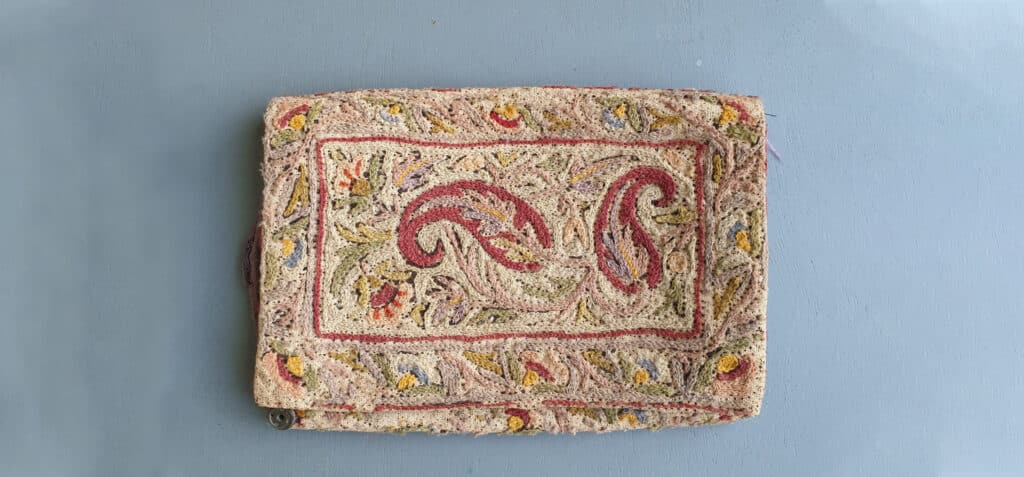The Avon Lady’s perfume brooch
Last year, my mother gave me a carnelian-coloured brooch from Avon, circa 1970, that belonged to her mother. I’d always known that my grandmother used to be an Avon Lady


Last year, my mother gave me a carnelian-coloured brooch from Avon, circa 1970, that belonged to her mother. I’d always known that my grandmother used to be an Avon Lady
An ikophot is a handheld meter made in the 1950’s by Zeiss Ikon in Stuttgart, Germany. My grandfather Shyamal Kumar Majumdar probably procured this in the 1960s from Fancy Market, Kidderpore, Kolkata. It has a bubble glass at the front that takes in the light, which then drives the meter needle. It is covered by a little black lid which can be removed while using the device.
The Motor Driving Licence was issued in the former East Pakistan (present day Bangladesh) in the city of Dhaka, where my mother tells me her father lived for some time.
In the year of Madhubala’s Tarana, my great-grandfather bought an ornate wooden item for my great-grandmother from Madhubani. It was a Thekua mould made out of mango wood in the colour tan, lightweight and palm-size, the first gift purchased after their marriage.

Receive a new story from somewhere in the Indian subcontinent in your inbox every week!